Introduction
A recent archaeological find at Pañamarca, a key Moche site in northern Peru, has uncovered significant evidence of female leadership, challenging the traditional view of a male-dominated society. This discovery, featuring a ceremonial throne room and murals, provides compelling insights into the role of women in ancient Moche politics and religion, suggesting that a powerful woman may have ruled the region over 1,300 years ago.
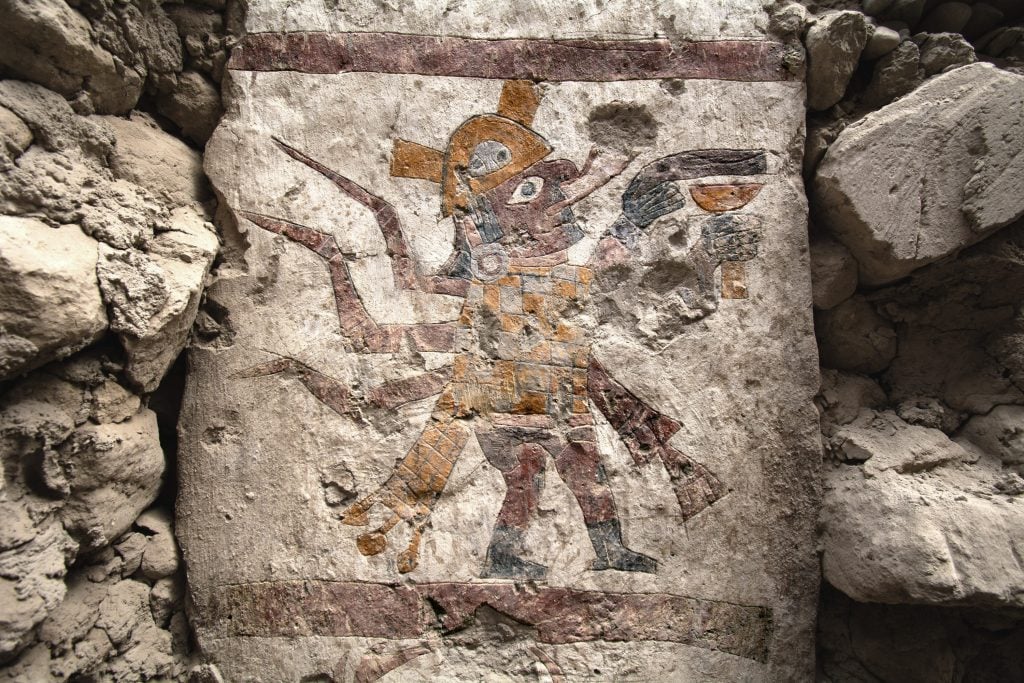
The Pañamarca Site: A Religious and Political Center
Pañamarca was a central hub for the Moche civilization, known for its advanced irrigation techniques, monumental architecture, and intricate artwork. The site’s significance has been highlighted by its rich murals, which have now been joined by the newly discovered throne room, reinforcing Pañamarca’s status as a crucial political and religious center for the Moche.
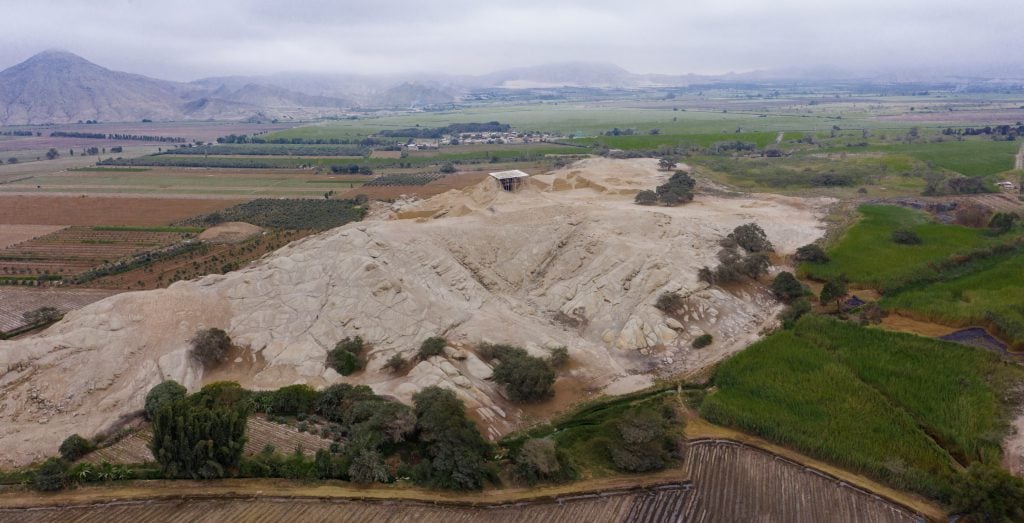
The Throne Room: Evidence of Female Rule
Discovery Details
The throne room reveals:
- A Stone Throne: Positioned to face the Pacific Ocean, this throne, bearing signs of wear, likely served ceremonial purposes.
- Murals and Pillars: Elaborate murals surrounding the throne feature female imagery, depicting a woman in a position of power, possibly linked to the rituals and governance of the time.
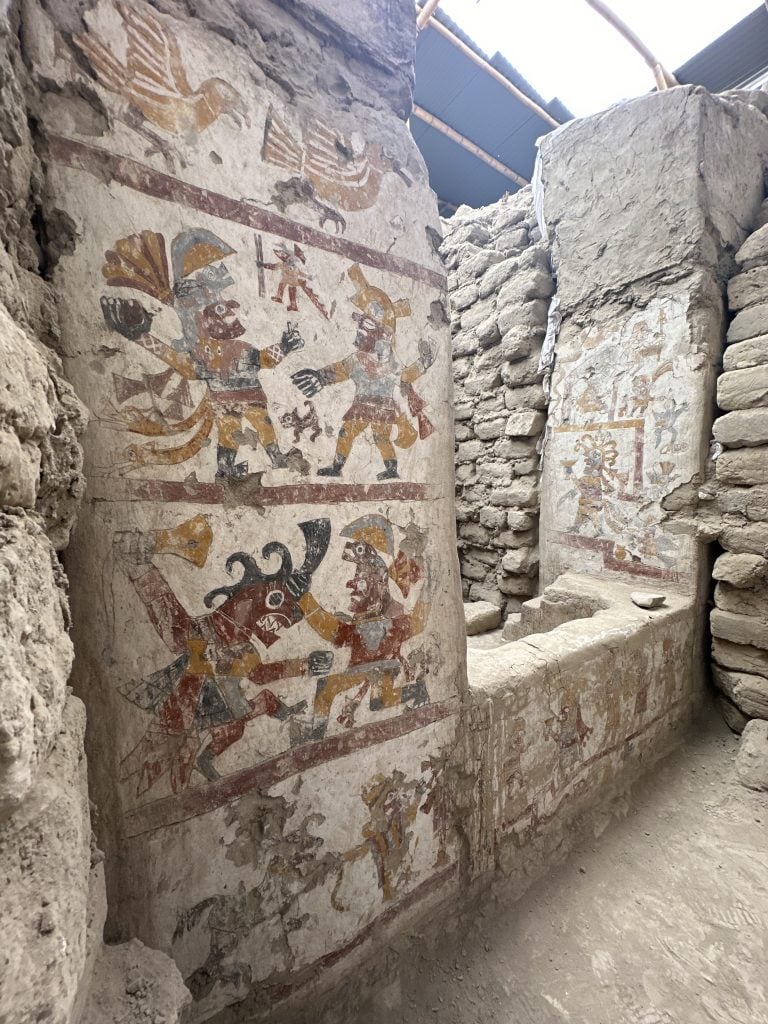
Implications of the Discovery
The throne room and associated murals point to the possibility of female leadership in Moche society, a significant departure from the traditional view of Moche culture as dominated by male warriors and kings. Other findings, including high-status female burials, lend further weight to this interpretation, suggesting that women may have held influential political and religious roles.

Moche Murals: Symbolism and Power
The murals around the throne provide a window into Moche spirituality and governance:
- Ceremonial Depictions: The murals include imagery related to sea creatures, fertility, and lunar cycles, all symbols deeply tied to the Moche’s worldview and religious practices.
- Iconography of Femininity: The prominent portrayal of a female figure in these murals supports the theory that women played key roles in Moche society, particularly in leadership and spiritual matters.
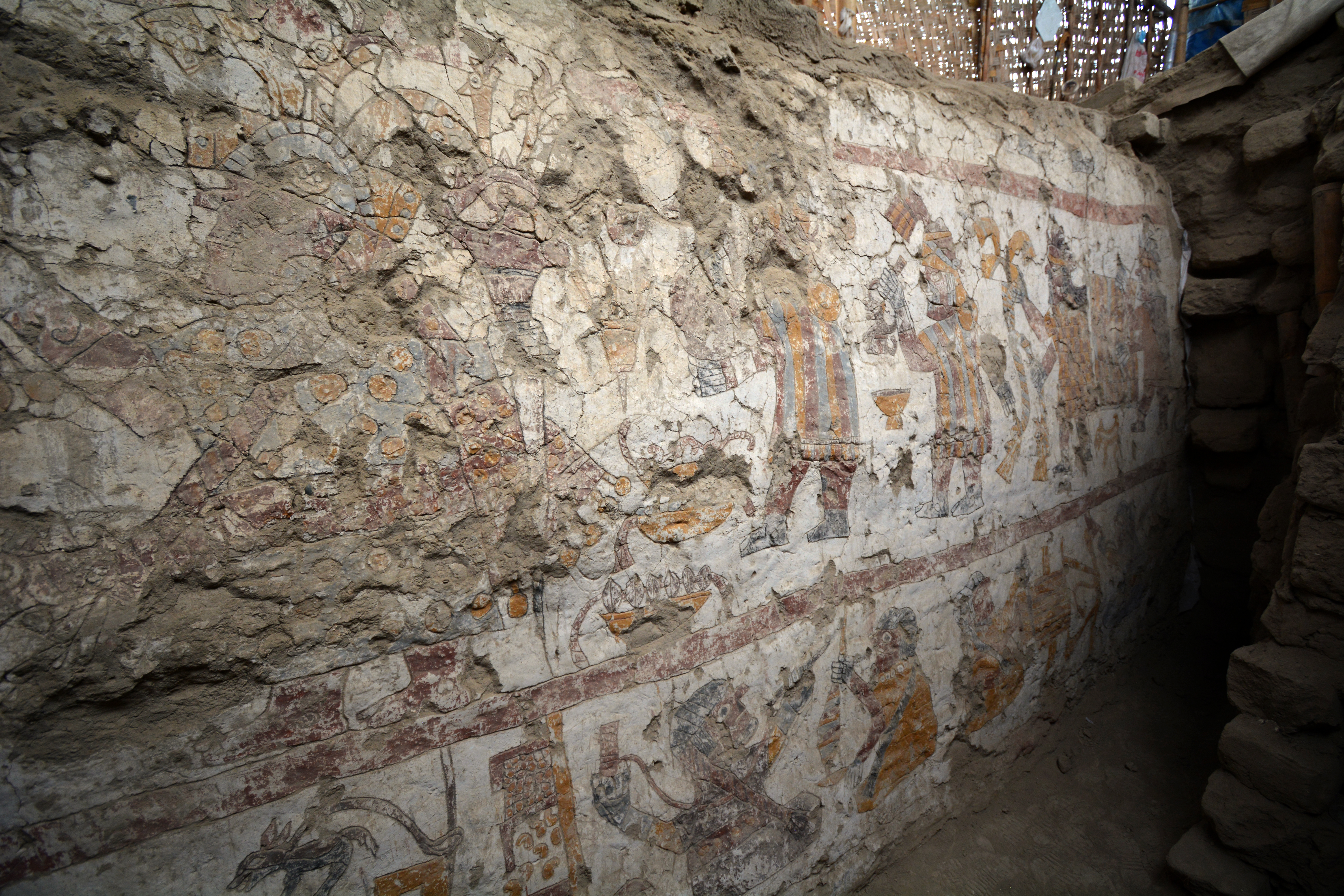
Rethinking Moche Society
Redefining Gender Roles in Ancient Peru
This discovery challenges the historical perception of the Moche as a patriarchal society. The presence of women in powerful roles, particularly as seen in other archaeological finds like the burial of the “Lady of Cao,” demonstrates that Moche society was more complex and inclusive than previously thought.
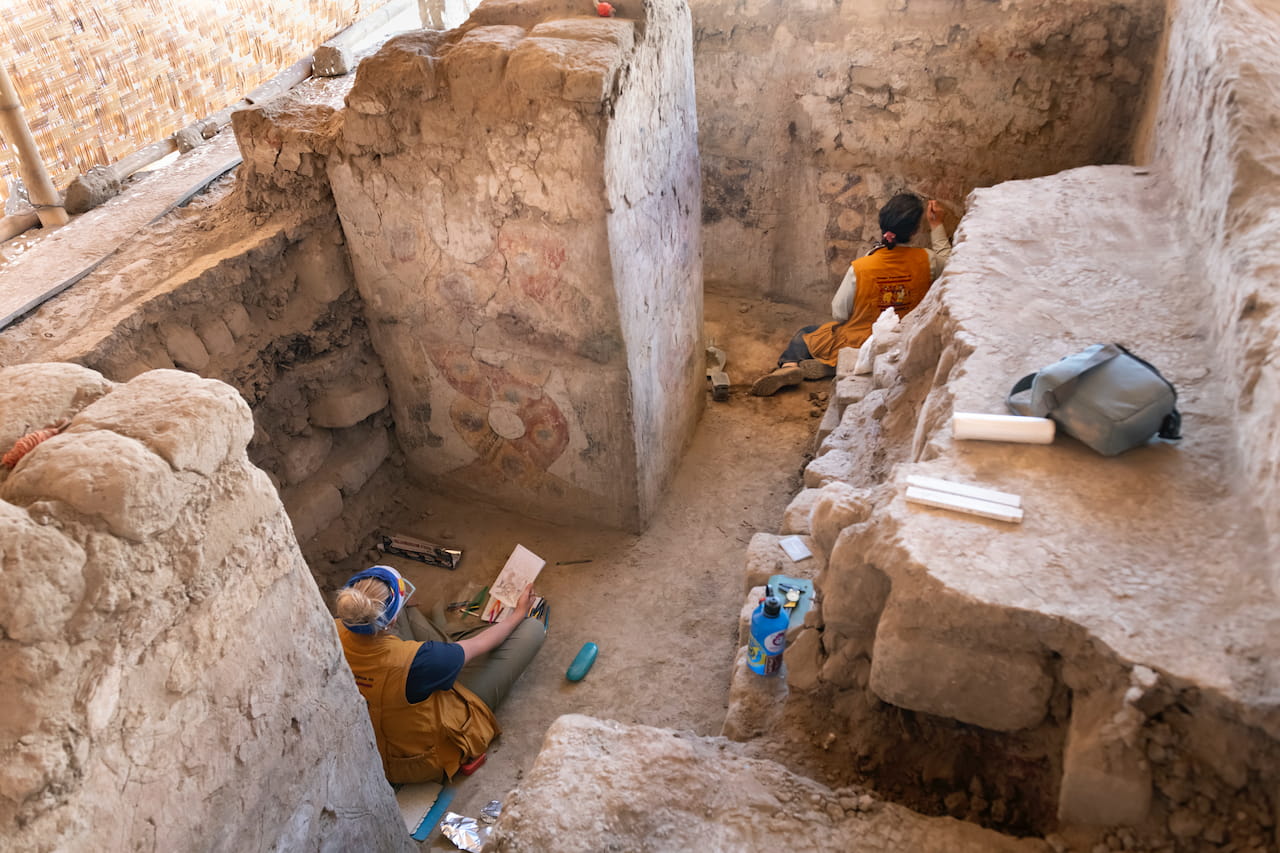
Wider Cultural Impact
The findings at Pañamarca contribute to a broader understanding of ancient Andean cultures, showing how gender roles may have been more fluid and diverse than traditional narratives suggest. The Moche civilization, known for its innovation and adaptability, continues to offer valuable lessons in governance, art, and social structure.
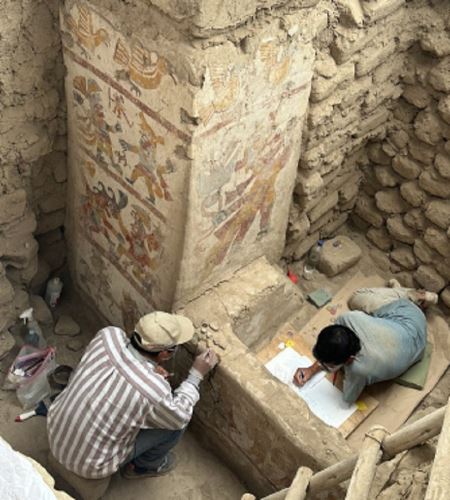
Conclusion
The discovery of the throne room at Pañamarca is a pivotal moment in the study of Moche culture. It not only redefines the role of women in ancient Peru but also challenges long-standing assumptions about power structures in pre-Columbian societies. As excavations continue, Pañamarca promises to further illuminate the intricate and dynamic world of the Moche civilization.
Video

